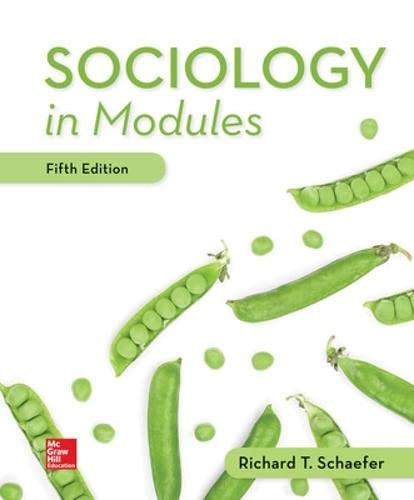Manual Of Structural Kinesiology 19th Edition – Test Bank
Chapter 03
Basic Biomechanical Factors and Concepts
True / False Questions
1. Biomechanics is the study of mechanics related to the functional and anatomical analysis of biological systems.
TRUE
2. Statics is the study of systems that are in a constant state of motion.
TRUE
3. A constant state of motion accurately describes a system when no motion is occurring.
TRUE
4. Dynamics is the study of systems in motion that are subjected to acceleration.
TRUE
5. Levers rotate about an axis of rotation as a result of a force being applied to cause movement in the same direction as the resistance.
FALSE
6. In a first class lever arrangement the agonist and antagonist muscle groups may contract simultaneously on either side of a joint axis.
TRUE
7. In order for rotation to occur in objects with a fixed axis an eccentric force must be applied.
TRUE
8. The resistance arm is the distance between the axis and the point of the lever application.
FALSE
9. Minor variations in the point of force application have no effect in determining the effective force of the muscle.
FALSE
10. Overall the human leverage system is built for speed and range of movement at the expense of force generation.
TRUE
11. Short-force arms and long-resistance arms require greater muscular force to produce movement as compared to longer-force arms with long-resistance arms.
TRUE
12. In a wheel axle mechanical arrangement only the radius of the wheel corresponds to the force arm.
FALSE














Reviews
There are no reviews yet.